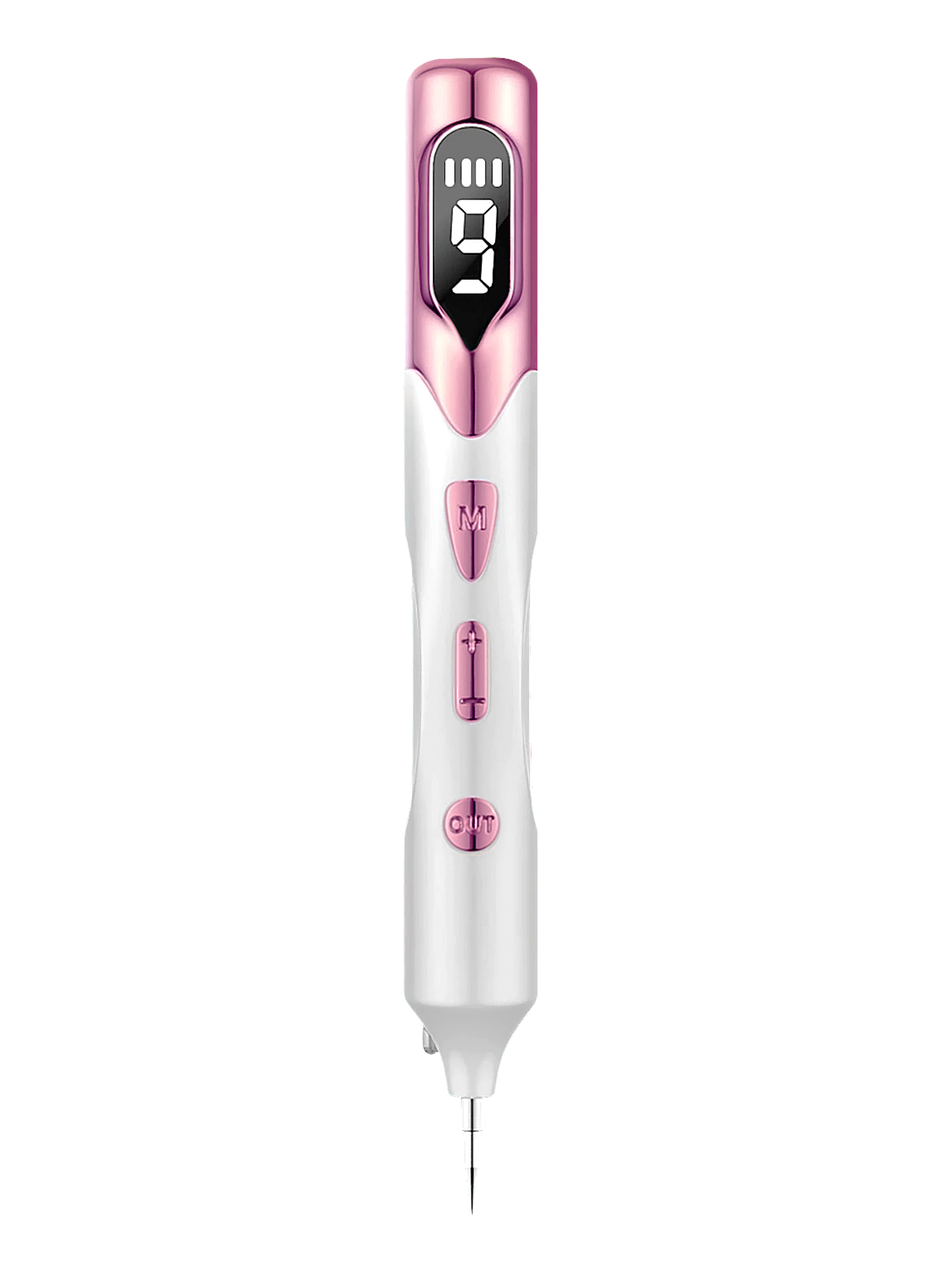What Are Skin Tags? Where to Get Them Removed?
Published on Jul 29, 2023
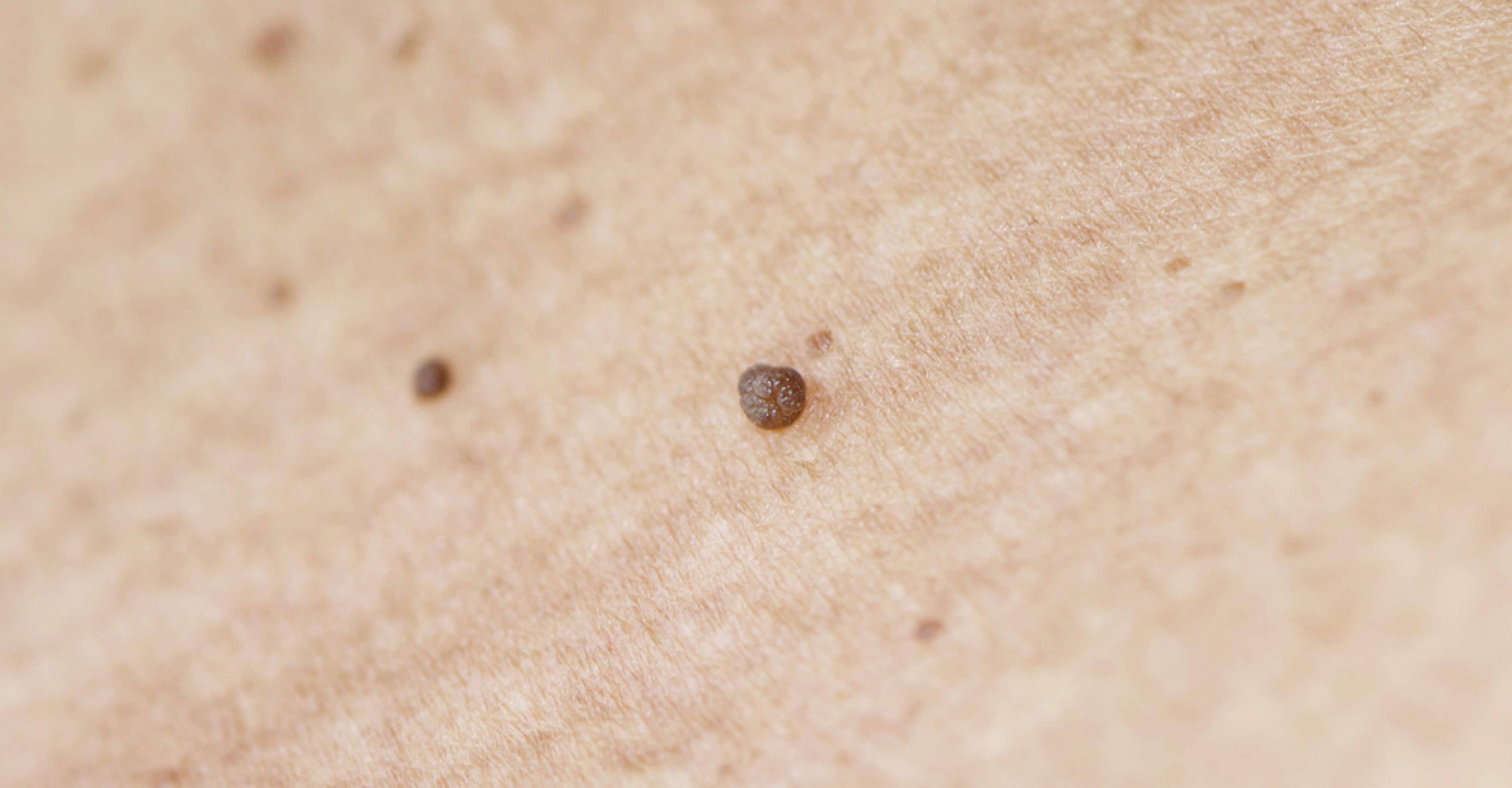
Close-up view of a skin tag - a harmless skin growth.
What are skin tags? Characteristics
Skin tags, medically known as acrochordons, are small, soft, and usually harmless growths of skin that often appear as small, fleshy, or skin-colored bumps.
They are typically attached to the skin by a thin stalk, which gives them their characteristic appearance.
Skin tags are non-cancerous and don't usually cause any pain or discomfort. They can vary in size, ranging from a few millimeters to a centimeter in diameter.
These skin growths can occur almost anywhere on the body but are commonly found in areas where skin rubs against skin or clothing, such as the neck, armpits, groin, under the breasts, and eyelids.
They may also appear on the face, particularly around the eyes. Despite their prevalence, skin tags can still be a cause of concern for some individuals.
Skin tags are generally considered to be a benign condition and are not associated with any serious health issues.
They are a common occurrence in both men and women and can develop at any age.
While the exact cause of skin tags is not entirely understood, they are thought to be linked to factors such as friction, genetics, and hormonal changes.
It is essential to note that skin tags are typically harmless and not a sign of any underlying medical condition.
How do I know what skin tags I have?
Identifying the type of skin tag you have can be straightforward, especially if you are aware of their common characteristics.
Skin tags can vary in appearance and location, and understanding the different types can help you identify them more accurately.
Here are some common types of skin tags:
Regular skin tags:
These are the most common type and appear as small, soft, fleshy growths with a thin stalk. They are often found in areas where skin rubs against skin, such as the neck, armpits, and groin. These skin tags are usually painless and harmless.
Filiform skin tags:
These have a slender, elongated shape and can appear on the eyelids, neck, or under the arms. Unlike regular skin tags, filiform skin tags do not have a stalk and are typically a slightly darker color.
Genital skin tags:
These can develop in the groin, pubic area, or around the genitals. They are similar in appearance to regular skin tags but occur in more sensitive areas.
Dermal skin tags:
These are larger and typically found on the chest, back, or shoulders. They may have a raised and irregular appearance compared to regular skin tags.
Acrochordidae in pregnancy:
Some pregnant individuals may experience an increase in the occurrence of skin tags, especially in areas of friction. These skin tags are thought to be hormonally related.
Key differences with other skin conditions
When evaluating skin tags, it is important to distinguish them from other common skin growths such as moles and warts.
Although they may look similar, there are several characteristics that set them apart.
We have seen skin tags before, but we will approach them again to clarify the specifics of each skin condition.
Skin Tags
Appearance and texture
Skin tags are small, soft, and fleshy outgrowths that typically appear on the neck, armpits, groin, eyelids, and under the breasts.
They are usually flesh-colored or slightly darker and have a thin, elongated shape, resembling tiny hanging flaps of skin. They are painless and movable, often measuring a few millimeters in size.
Development and location
Skin tags often develop in areas where the skin rubs against the skin or clothing, leading to friction and irritation.
They are commonly found in skin folds and areas prone to moisture, but they can occur anywhere on the body.
Moles
Appearance and texture
Moles, on the other hand, are usually darker in color, ranging from brown to black, and have a more defined shape with clear edges.
They can vary in size and may be flat or slightly raised. They may not have a thin stalk-like appearance and tend to be stationary.
Development and location
Moles usually develop during childhood or early adulthood and can appear anywhere on the body.
They may be present at birth or emerge later in life due to genetic factors or sun exposure.
Warts
Appearance and texture
Warts are caused by the human papillomavirus (HPV) and can appear on various parts of the body.
They can have a rough, uneven texture and may be flesh-colored, white, or slightly darker.
They can be contagious and may spread to other areas of the body or to other people through direct contact.
Development and location
Warts are most likely to develop on the hands, feet, and genital area, but they can occur in other locations as well.
They are highly contagious and can spread to other areas of the body through scratching or touching.
When to seek professional advice
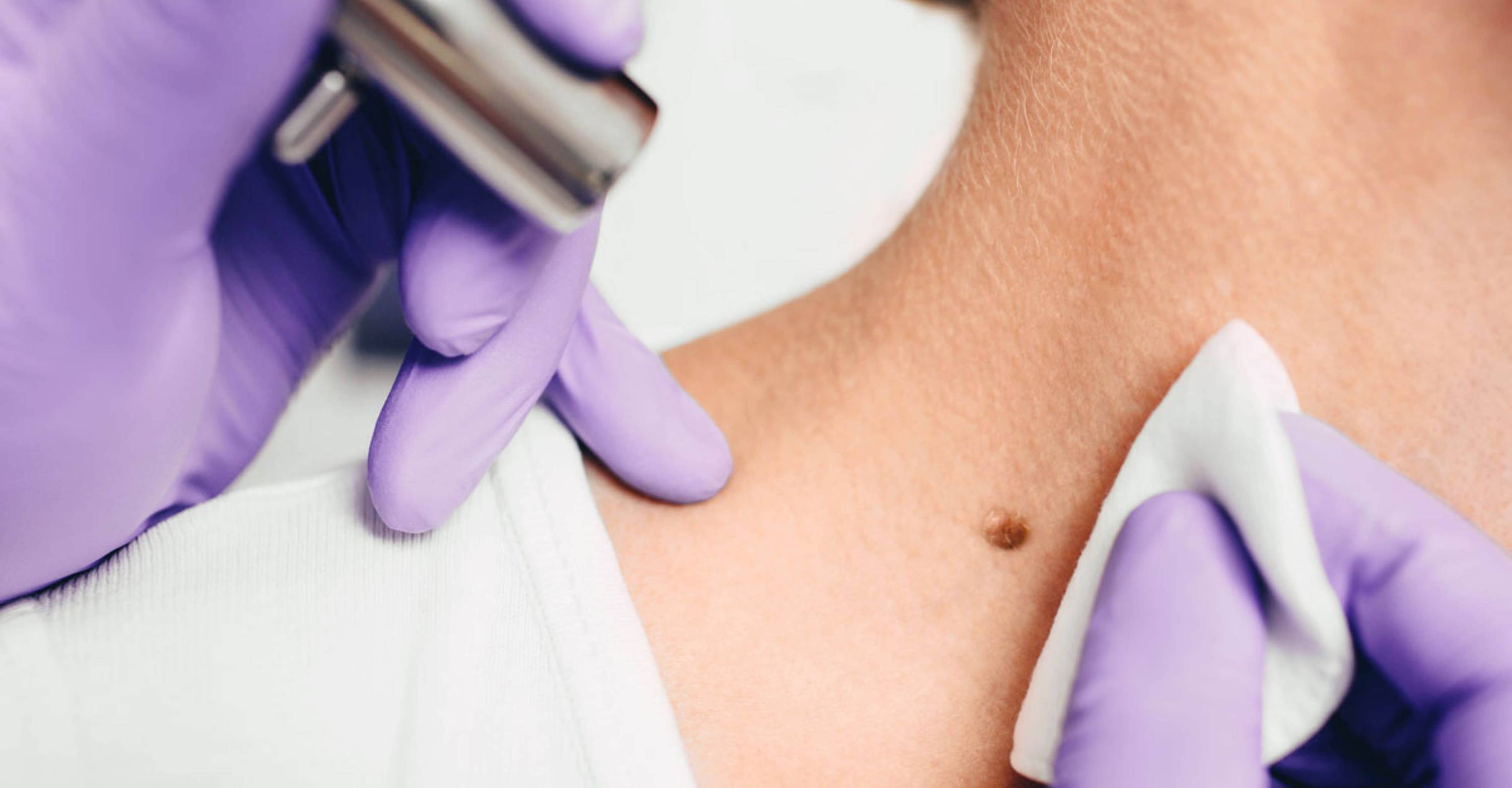
Consult a professional for skin tag removal
Skin tags are generally harmless and benign growths on the skin. In most cases, they don't require medical attention and can be left alone without causing any harm.
However, there are certain situations where it is advisable to seek professional help for skin tag removal.
Size and location:
If the skin tag is large or placed in a sensitive or hard-to-reach area, it may be more difficult and risky to remove at home.
Changes in appearance:
If you notice any changes such as rapid growth, color change, or bleeding, this may indicate the need for medical attention.
Discomfort or pain:
These sensations may indicate that the skin tag is becoming irritated or infected, and medical removal may be necessary.
Uncertainty in diagnosis:
If you are unsure whether a skin growth is a skin tag or another type of skin condition, it is best to consult a dermatologist.
What doctor to see for skin tag removal?
Do you feel ready to take action against skin tags?
Proper identification of skin tags is crucial, and if you are uncertain about any skin growth, we strongly advise seeking medical advice.
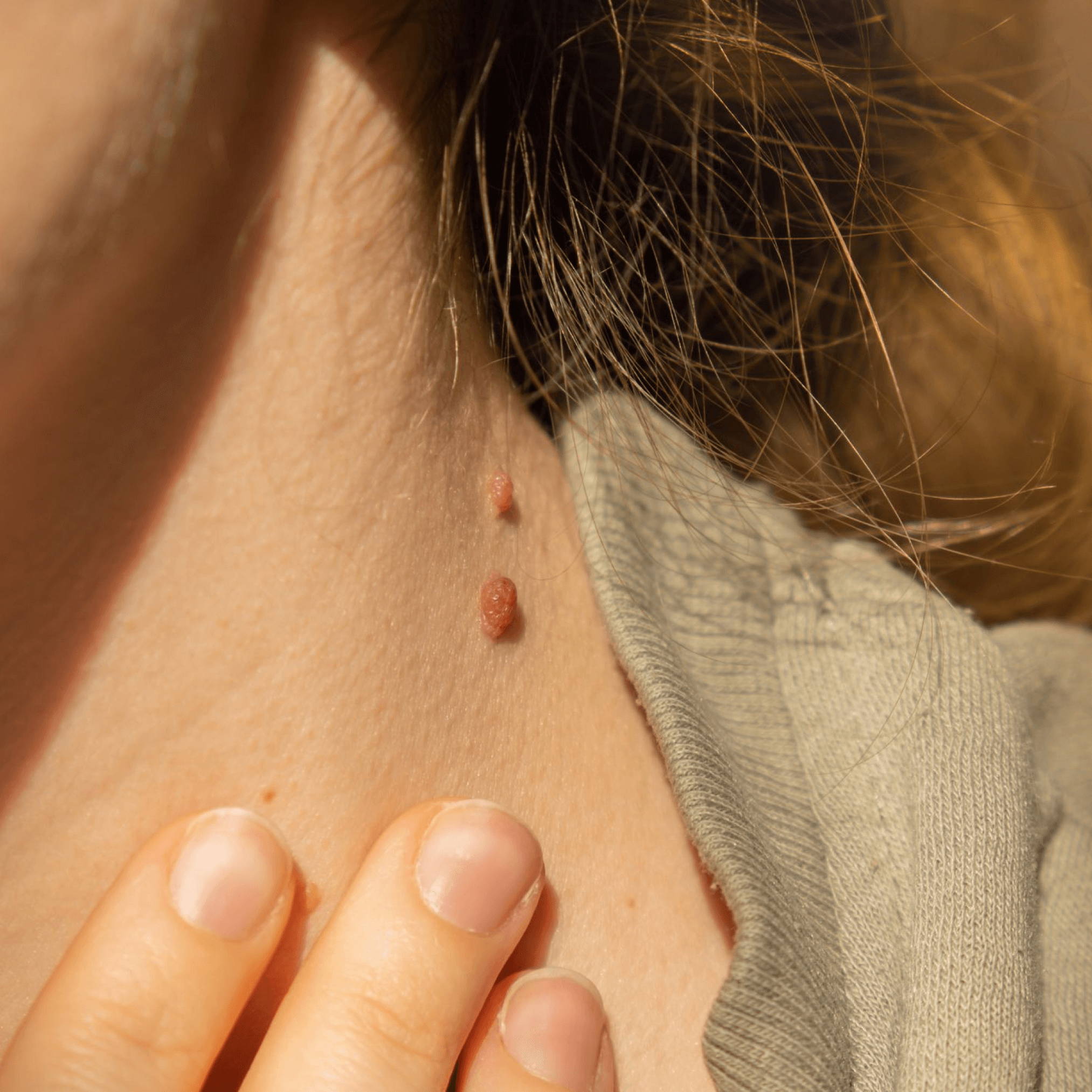
Remove skin tags, there are several medical procedures, as well as other more affordable solutions to achieve.
If you want to get rid of your skin tags with professional results, one innovative method that has gained popularity is plasma pen therapy.
This advanced treatment is cutting-edge technology that offers a non-invasive and precise approach to effectively remove skin tags.
Do you want to take a step forward in your skincare? Learn more about our plasma pen.
REMOVE YOUR SKIN TAGS AT HOME WITHOUT THE HIGH PRICE
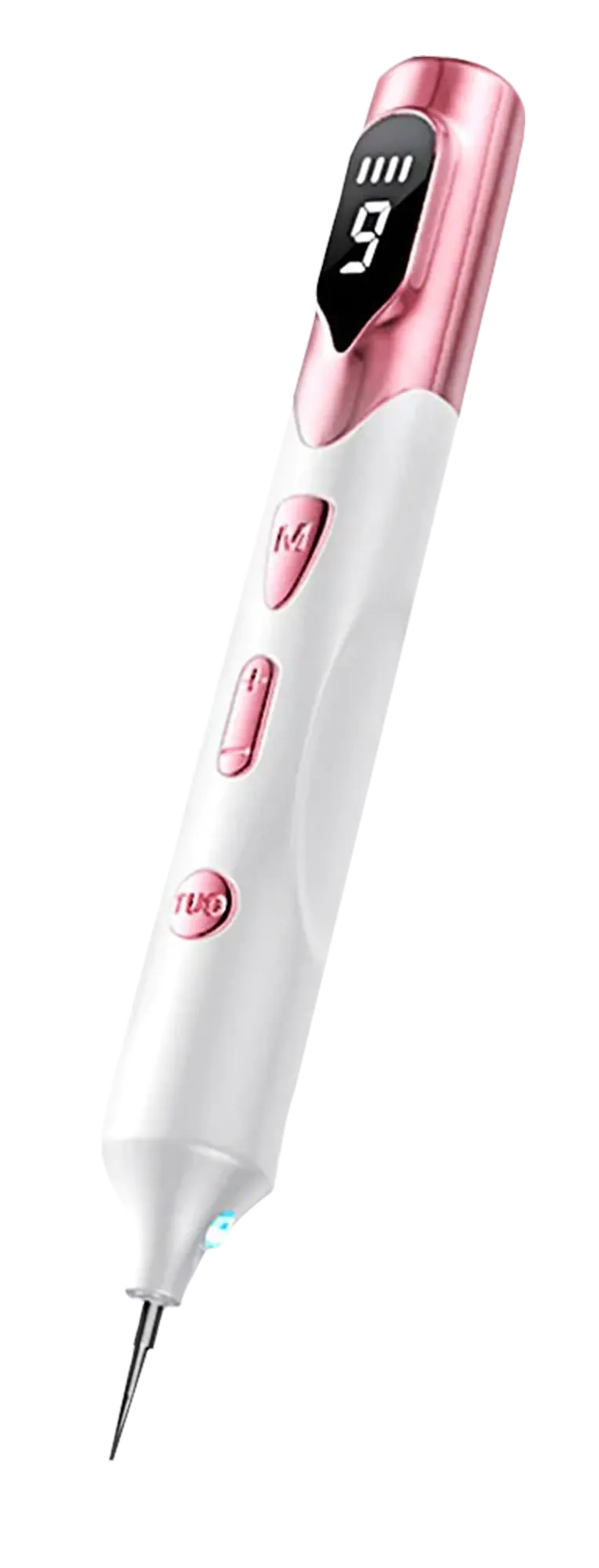
Skintify Fibroblast Plasma Pen
✓ 60 day money-back guarantee
Get your Skintify Plasma Pen with 30% off!
Say definitely goodbye to skin tags. Don't miss this opportunity to achieve real results.
Visit the site now and place your order before it's too late. Get the flawless skin you've always dreamed of!
Deal ending in:
- 4780 Winchester Blvd, Frederick Maryland, 21703
- support@skintify.co
- +1 786 540 6175




